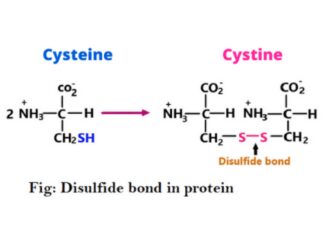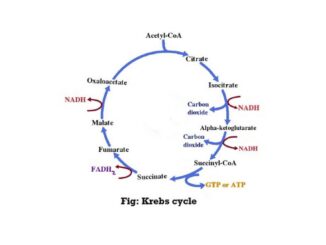
Anion exchange chromatography
Introduction Anion exchange chromatography is a method of ion-exchange chromatography. This method is used to separate molecules according to their net surface charge. The ion-exchange […]

Introduction Anion exchange chromatography is a method of ion-exchange chromatography. This method is used to separate molecules according to their net surface charge. The ion-exchange […]

Introduction The ion-exchange chromatography is an analytical technique that shows the polarity of the division of ionic and molecular species based on the principles of […]

Introduction Storage proteins are a type of protein that acts as a reservoir of metal ions and amino acids, which can be combined and used […]

Introduction Tertiary structure is the three-dimensional arrangement of all the atoms in a protein having different types of bonds. The disulfide bond is one of […]

Introduction Protein is a complex nitrogenous complex with a high molecular mass that is a polymer of amino acids. This macromolecule is considered to be […]

Introduction The Carboxyl group (-COOH) of one amino acid is attached to the amino group of another amino acid by a covalent bond called a […]

Introduction Pentose sugar is a component of nucleotides. Nucleotides are biological molecules that act as monomers and as subunits of DNA and RNA. These biological […]

Introduction The body constantly needs energy to control various biological functions. The organism consumes food to gain this energy. The static energy in food that […]

Introduction Ribose 5-phosphate is a product produced in the non-oxidative phase of the pentose phosphate pathway. The sequence of steps of enzymatic reactions where a […]

Introduction The biogeochemical cycle is an important cycle in the biological world. As the name suggests biogeochemical cycles cannot be completed without living beings hence […]
Copyright © 2025 | WordPress Theme by MH Themes